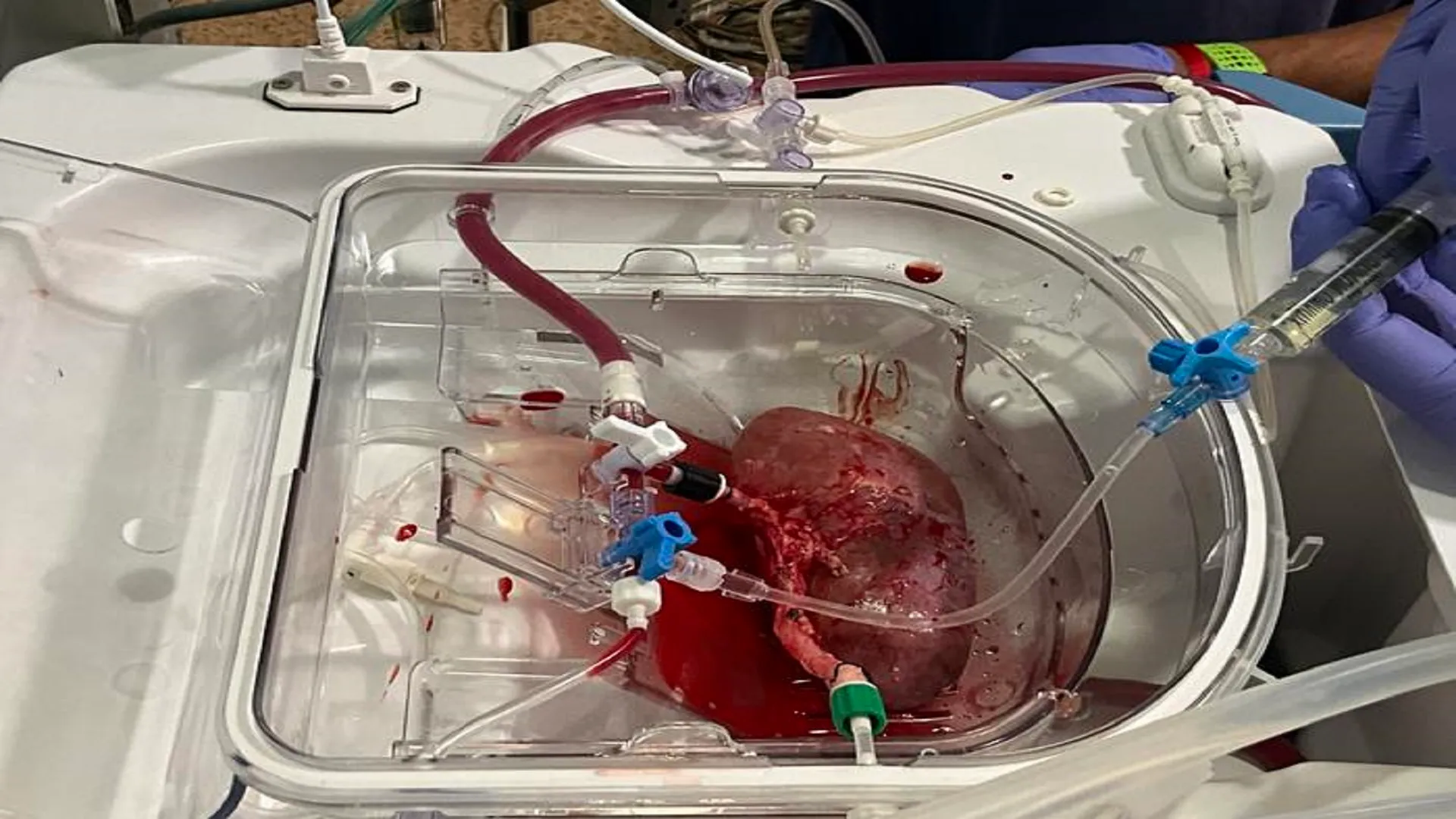Copyright Interesting Engineering

Spanish scientists have successfully combined human kidney organoids with pig kidneys and transplanted them back into the same animal, therefore creating the world’s first functional human-pig hybrid kidney. The pioneering technology was developed by a research team from the Institute for Bioengineering of Catalonia (IBEC). It could be a significant step toward repairing damaged organs before transplantation. Led by Núria Montserrat, PhD, a former principal investigator at IBEC and current Minister of Research and Universities of Catalonia, the team collaborated with the Biomedical Research Institute of A Coruña (INIBIC) and several institutions across Europe and the US for the study. Their goal was to investigate whether lab-grown human kidney organoids, derived from stem cells, could survive and function within living pig kidneys. “Our research shows that combining organoid and ex vivo perfusion technologies can enable cellular interventions under fully controlled conditions,” Montserrat stated. Human cells in pigs To test the concept, the scientists generated thousands of tiny three-dimensional human kidney organoids in the lab using a newly developed scalable production technique. Even though it is not a complete organ, the organoid reproduces many of its main structures and functions. These organoids, which measure a few micrometers in size and are essentially miniature, simplified versions of human kidneys, were then inserted into pig kidneys kept alive outside the body using normothermic perfusion machines. These devices are commonly utilized in operating rooms to keep organs alive and oxygenated outside the body before transplantation. They have enabled the research team to insert human organoids into pig kidneys and monitor their integration and function in real time. “Despite the great clinical potential of organoids, one of the major challenges in applying this technology to real medical treatments has been to produce these organoids in a scalable, uniform, and affordable way,” Elena Garreta, PhD, a senior researcher at IBEC and co-author of the study, said. New hope for kidneys After integrating the organoids into the pig kidneys, the researchers transplanted the modified organs back into the same animals. Experiments were conducted both ex vivo (outside the organism) and in vivo (within the same animal). Remarkably, the researchers observed that the transplanted kidneys continued to function normally, showing no signs of damage, toxicity, or immune rejection even 48 hours after surgery. The experiments demonstrated that human organoids can not only survive but also integrate into animal organs in real physiological conditions. It could also reshape how clinicians prepare organs for transplant. According to Garreta, the technology enables the rapid and precise generation of thousands of kidney organoids under controlled conditions, eliminating the need for complex components. “This opens the door to applications such as drug screening and disease research,” she concluded in a press release. Montserrat suggested that the approach could also help solve one of modern medicine’s biggest challenges. “This could reduce waiting times for chronic patients and increase the number of viable organs for transplantation,” she explained.



